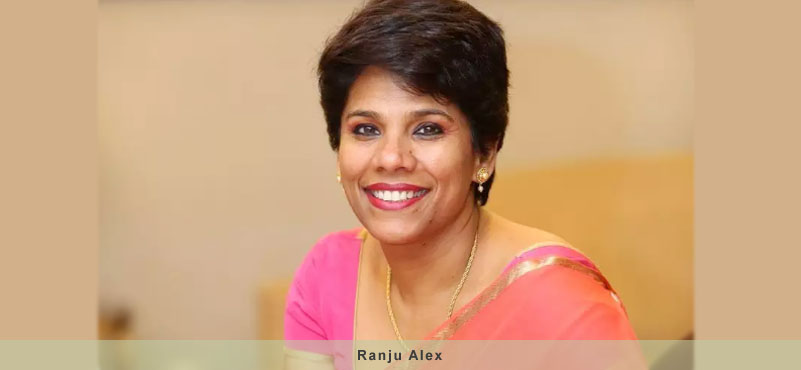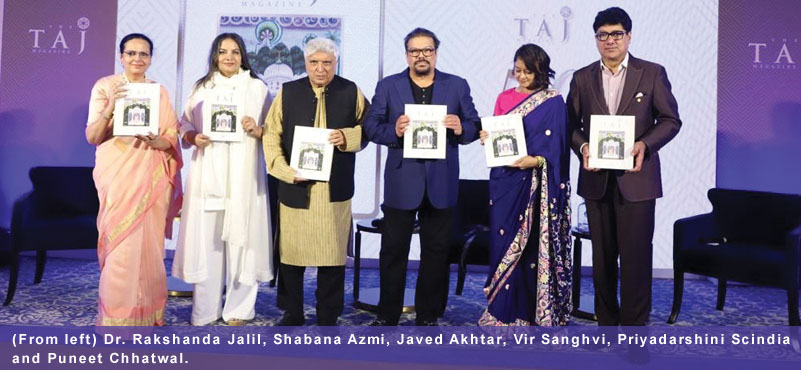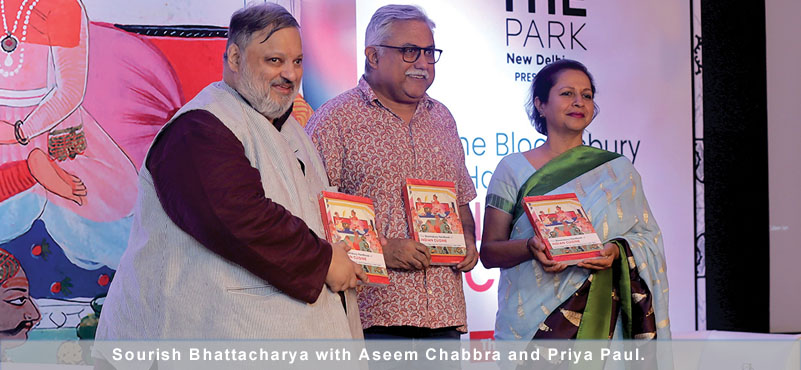Despite cyclical turbulences every now and then, in terms of capacity addition, Indian hospitality has been on a move in the last 15 years. Though there have been moments when the pace of inventory addition has been slow but statistical accounts clearly point out that the process has never dipped to a dormant stage. According to an industry estimate, the country had a hotel room inventory base of around 92,000 units in 2009 in the star-category. A report on the hospitality industry released by the noted global consultancy firm Cushman & Wakefield in 2012 had further endorsed the consistent growth theory saying that the inventory at the end of 2011 had stood at 1.12.818 rooms and cutting across various categories, the agency had anticipated a further addition of 66.371 rooms in next five years – a staggering jump of 58 percent in the five year period.
Needless to say, the consistent push witnessed in Indian hospitality in the recent decades has not stemmed only from the efforts of the traditional warhorses but also the international hospitality companies as well as new age entrepreneurs who have formidably arrived on the scene. Noted global funds too have been part of this momentum, albeit selectively, spotting opportunities in the key hospitality markets in the country.
But despite a decisive growth journey, the cumulative efforts of all stakeholders in the fray still does not seem to be enough to say that Indian hospitality has moved to a matured stage. At the recently held HICSA convention, the glaring gaps were pointed out by many international stalwarts. “In the US, there is one hotel room for every 65 people. In China, it is close to 543. But in India, it is just one room for every 12,000 people. Why is it so low?,” Steve Rushmore, Founder, HVS, asked this question point blank in one of the sessions. Simply put, there is a general feeling in the hospitality fraternity that the capacity addition exercise needs a new momentum. The projections of the annual GDP growth rate narrowing between the elephant (India) and the dragon (China) further highlights this exigency. But given their past experience wherein things have not happened smoothly, can this exercise be effectively taken to the next level by those who have positioned themselves on the Indian hospitality turf? As leading entrepreneurs in their own rights, are they willing to enhance their financial exposure in making new hotel units?
An interesting session moderated by Kapil Chopra, President, The Oberoi Group at HICSA tended to gauge the mood of the operators. “If you get a billion dollar today, what will you do? Will you put more money in your hospitality venture?,” Chopra asked the high-profile panellists. And if anyone in the audience (primarily comprising hotel professionals) was expecting to see an overwhelming ‘yes’ response, he must have been in for a surprise as hoteliers came on records. “If I decide to make use of this fund for my hospitality venture, then I will do luxury. But at the same time, I would also look at investment prospects in the entertainment sector and would think in terms of creating new theme parks. Entertainment is a leading business in many happening countries in the world today (like Japan) and I see a great scope in that segment in our country too,” Ankur Bhatia, Executive Director, Bird Group responded. While Bhatia’s reply clearly point out that he may think of putting in money in sector other than hospitality, for Atul Chordia, Chairman & CEO, Panchshil Realty, the choice is more clear. “Even if I get a fresh corpus of a billion dollar, I am not sure if I will decide to enhance my exposure in hospitality. I would rather go for commercial real estate.” For Patu Keshwani, Chairman and MD, The Lemon Tree Hotel, however, any fresh fund assistance would be primarily targeted for consolidation. “I think, I will be using this fund in three ways. Firstly a part of the corpus will be used to clear off our existing debts. I will make use of about $300 million to expand our resort franchise since in 10 years, the resort segment will be as hot as business hotels. And then I will look at setting up properties in the leading international destinations like New York, London and Dubai which register substantial Indian footfalls every year and this number is growing.”
The mixed response coming from the leading hoteliers subtly underlines that there is not an outrightly bullish mood in the industry when it comes to new capacity addition. A more serious issue here is the preference to buy rather than build from the scratch because of procedural bootlenecks. According to Binod Chaudhary, Chairman, CG Group, Global (Nepal’s first billionaire entrepreneur with interest in hospitality in several countries in the world), this is an opportune moment for a hotel company to up its stake in the Indian market and the buying proposition seems to be more 3 lucrative and easy. “In my reckoning, it is the best time to enter in the Indian hospitality business. There is a huge amount of distressed assets here.” Chordia presented the case in more precise terms. “If you have your designs right, you can do a hotel project in two years. But in our country, that is a rarity. To get a hotel approved and start running, you need 144 kinds of clearances. The process is quite taxing,” he pointed out. Even leading global fund managers believe that buying is a better option in today’s condition. “From our investment perspective, we will look to invest in luxury projects rather than the budget segment which is more like housing projects. However, given the current economic equations vis-à-vis the land price and ARRs, it is hardly advisable to build hotels from the scratch at this juncture,” Siddhartha Gupta, Managing Director-India, Blackstone Advisors, observed.
Conventional wisdom suggests that any capacity expansion exercise in any sector gets more contribution from the greenfield option (creation of the new asset) rather than brownfield (modification or mere exchange of control). And with the larger opinion in favour of taking the buy route to consolidate in the Indian hospitality market, this could well be a pointer to an invisible structural crisis. Afterall, if new units are not aggressively built, how will the existing ones cater to the rising demand even if they are considerably upgraded. Binod Chaudhary relates the basic problems in the India hospitality business to a larger issue – that of still being unable to substitute its elitist tag with a more readily acceptable important economic activity perception. “Indian hotel industry has not been able to effectively communicate with the policy makers in the past. It needs to be vocal and tell them that hospitality is as important as the food industry. The government must be made to understand the importance of this business.” And coming from a man who has successfully hoisted his hospitality flag in many countries including South Asia, his prescription may well be responding to that larger quest of Indian hoteliers to find the real confidence booster today.
By Ritwik Sinha




































